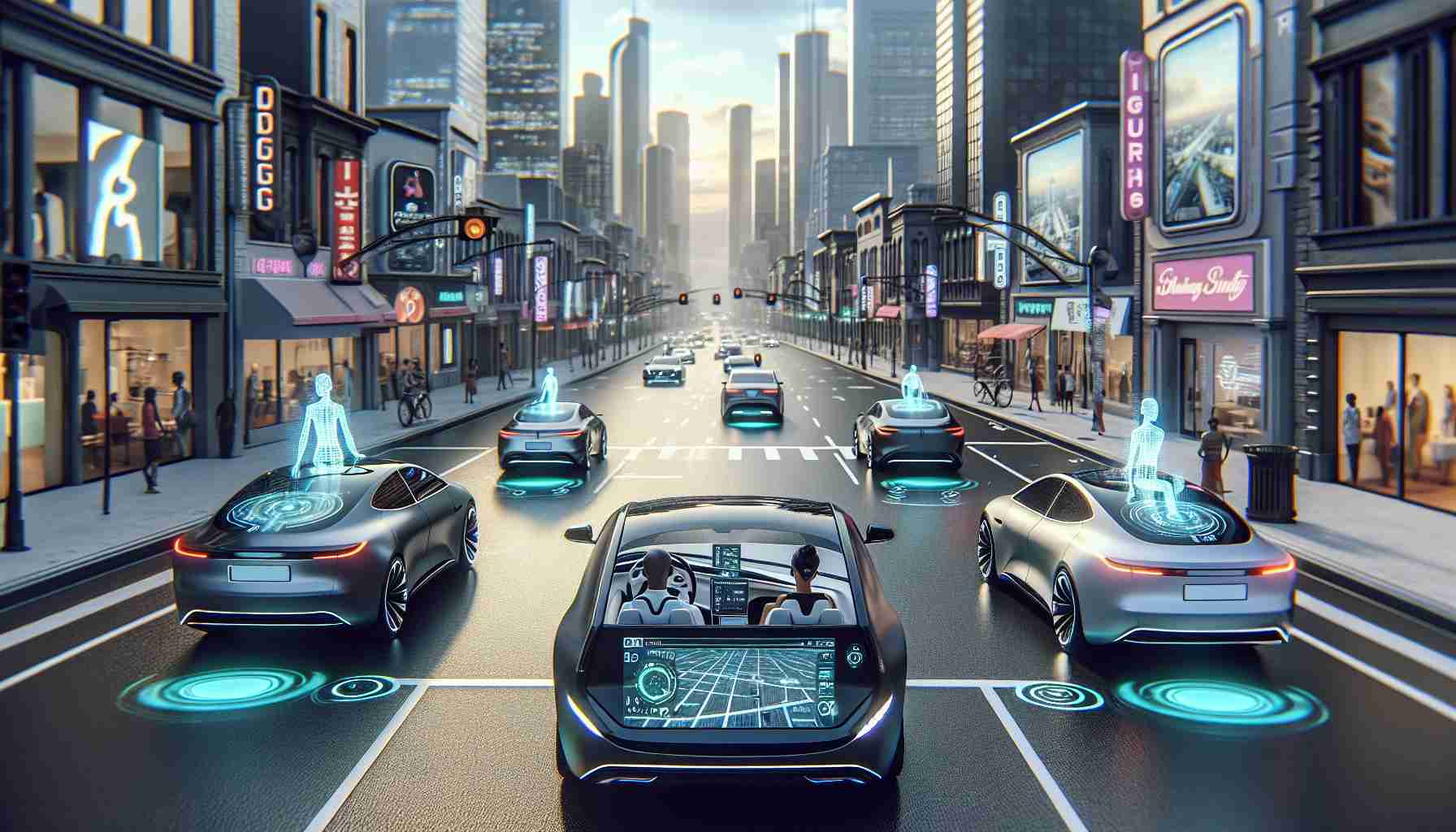The integration of artificial intelligence (AI) into our daily lives has been a subtle yet powerful force transforming the automotive industry. The last few years have seen a gradual inclusion of internet-connected vehicles, aimed at simplifying the lives of drivers and passengers, while also providing entertainment.
Crucially, these technological advances offer solutions during challenging moments on the road, helping drivers make safety-focused decisions. Nowadays, most vehicles come equipped with sensors and systems designed to correct driver errors. This technology, further developed in tandem with AI, is expected to significantly reduce traffic accidents. An example of this is the emergency automatic braking system, an advanced driver assistance system capable of preventing car collisions, where AI plays a critical role by constantly analyzing surrounding data.
AI is also at the heart of creating a new communication network between vehicles (Vehicle-to-Vehicle, V2V) and infrastructure (Vehicle-to-Infrastructure, V2I). Through this network, valuable information is exchanged, leading to automatic corrective actions. A vehicle can, on the fly, process data such as predicting traffic light changes to adjust speed or receiving road condition updates from a vehicle ahead.
Parking is another area where AI shines, as many cars now locate parking spaces and park autonomously without driver involvement. Concerns about blind spots during lane changes are being addressed with onboard cameras functioning as radars to create a safety zone, providing information and taking safety initiatives.
Finally, AI promises to revolutionize autonomous driving, elevating it to new levels of efficiency and safety. Although there is current skepticism regarding safety, future autonomous driving is poised to be so secure that drivers will be able to reach their destinations while enjoying a coffee or browsing the internet.
Facts related to Artificial Intelligence and Driving:
– AI contributes to efficient traffic management systems, which are responsible for analyzing traffic patterns and optimizing signal timings, reducing congestion.
– AI-powered telematics use data analytics for predictive maintenance, alerting drivers and fleet managers about vehicle health to prevent breakdowns.
– Autonomous freight vehicles and delivery drones are also under development, which rely on AI for navigation and delivery logistics, potentially transforming the shipping industry.
– Ethical concerns, such as decision-making in unavoidable accident scenarios, challenge AI development in autonomous vehicles. This is often referred to as the “trolley problem”.
– The development of AI in driving is also contributing to advancements in electric vehicle technology by optimizing battery life and energy consumption.
Key Questions:
1. What is the potential impact of AI on road safety?
AI has the potential to vastly improve road safety by minimizing human error, which is a leading cause of accidents. Systems like automatic emergency braking and lane-assist contribute to this.
2. How might AI change the driving experience?
AI can provide a more convenient and comfortable driving experience by handling routine tasks such as parking and suggesting optimal routes, allowing drivers to focus on other activities.
3. What are the privacy concerns associated with AI in vehicles?
Vehicles equipped with AI may collect and transmit personal data, raising concerns about who has access to this information and how it is used.
Key Challenges and Controversies:
– Data Privacy: The collection and use of personal data by AI systems is a significant privacy concern, with drivers worried about who controls their data.
– Employment Impact: Automation of driving could affect jobs in the transportation industry, such as trucking and taxi services.
– Legal and Ethical Frameworks: The development of standardized legal and ethical guidelines for autonomous vehicles lags behind technological advancements.
– Technology Reliability: AI systems are not foolproof and can malfunction or be compromised, leading to safety concerns.
– Consumer Trust: There is public skepticism about relinquishing control to AI systems, which may slow adoption rates.
Advantages:
– Increased Safety: AI can decrease the number of accidents by reducing human error and providing safety features like predictive collision avoidance.
– Improved Traffic Flows: AI can optimize traffic patterns to reduce congestion and emissions.
– Enhanced Convenience: AI enables features like autonomous parking and real-time navigation, making driving more convenient.
Disadvantages:
– Dependency Concerns: Overreliance on AI could diminish driving skills and increase vulnerability to system failures.
– Job Displacement: Automation may lead to unemployment in sectors like trucking and taxi services.
– Security Vulnerabilities: AI systems can be susceptible to hacking and other cyber threats.
Related Links:
For further information on AI in the automotive industry:
– IBM
– Tesla
– Waymo
– Intel
Please remember, for more specific or detailed information, visiting subpages or specific articles within these domains could provide more extensive insight.

